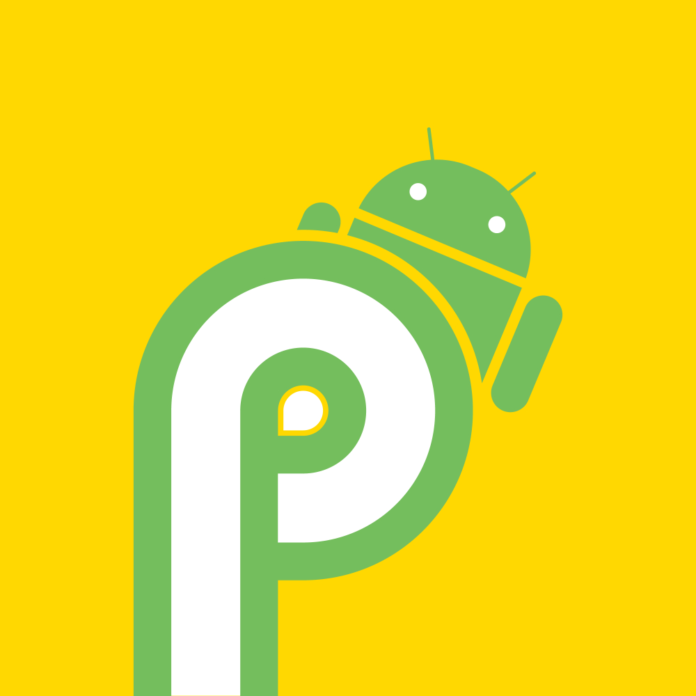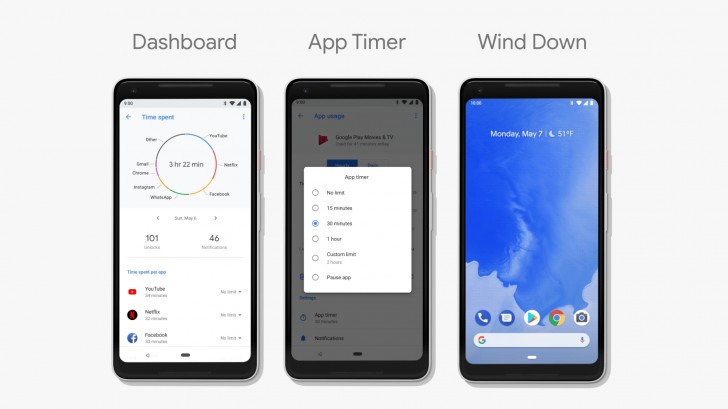Google finally announces the next big iteration of Android with Android P. We are still not sure what is the letter P stands for yet but Google has revealed some of the latest features which are coming to the Android P under Developer Preview 2 update.
Adaptive Battery:
The first feature is for the most important part of the smartphone the Battery. Google has just added a useful feature called the Adaptive battery which automatically closes the apps which user don’t use much and allow only apps which user uses the most in next few hours with the help of machine learning. With help of an Adaptive battery, the device will reduce the CPU usage for apps by 30%.
Adaptive Brightness:
The next feature is called the Adaptive brightness which we already saw older version of Android with Android L which has got a new update on Android P where it automatically predicts the level of brightness and adjust itself based on background and user preference with the help of new machine learning. It is similar to manually adjusting the brightness now the OS remember the settings and adjust to it automatically.
New System Navigation:
The new Android P will also bring some changes to the navigation system and is completely based on gesture similar to one we saw on iOS 11 with iPhone X. The new Android P will come with Pill shaped home button with an on-demand back button which is hidden and will not show up on the screen.
The new action includes swiping up you will get the overview mode with recent apps been displayed and below that, we have the predicted apps further swiping up you will enter the App Drawer. With this Google has now combined the overview/multi-tasking tray together to get better user experience.
The swiping up action is enabled everywhere which display the pill-shaped home button where now you can slide the pill horizontally for the recent apps. It also gets the smart text selection feature which detects the text in the overview and one doesn’t need to tap on the app and select the text and act on it.
It also comes with a new rotation button which is located up on the right side of the navigation bar which sets the device in portrait mode even if the device is rotated. It also enables quick action on the go.
Predicted Actions:
The next feature is called the Predicted action which will show up in the App drawer with a separate row just below the predicted apps. The predicted apps sit on the top-most row in the app drawers and predict an action based on user app usage.
The predicted action tab shows the most used contact name with action to directly make a call from the app drawer or even show up the fitness apps used regularly or when connected to earphones it also displays the favorite song last played and one can click on the icon to continue listening to music on the go.
The new Predicted actions will show up everywhere like Google Assistant, Predictive apps, Play Store, smart text selection and even on search results which comes with deep links built on the app which support this feature. Google calls this feature as Slice which shows contextual results which will be made available to app developers later this year.
Digital Wellbeing:
The last feature is for the notification history called the Digital Wellbeing which is making its debut on Android P. This is a new dashboard which will show the number of times user unlock the device, time spent watching YouTube Videos and will also notify to take a break in between, how many app notification users received in a day and many more.
The developer can add deeper data like what a user did on a particular app. A new feature called the Shush which makes the device enter DND mode when you turn on the feature it basically silents the device with no vibration, notification and even no SMS and calls except favorite contacts.
There is another useful feature called Wind Down mode which will turn the device into grayscale mode via Google Assitant when you go to sleep. You can even assign particular time to Assistant and it will make it happen on particular time.











